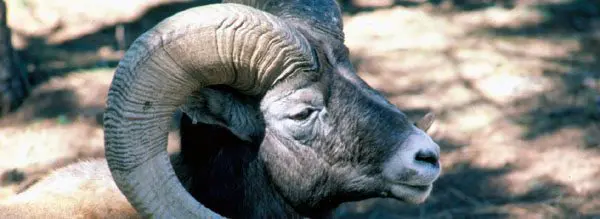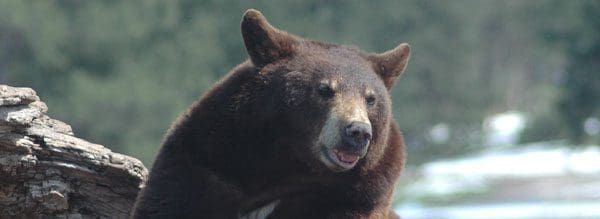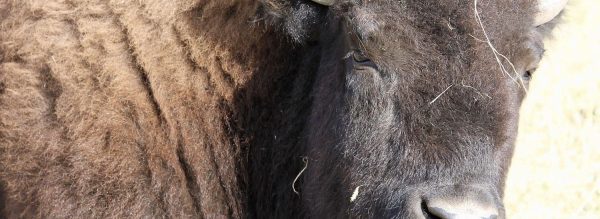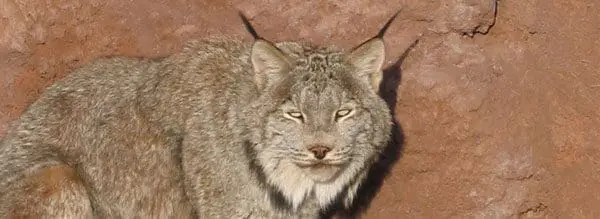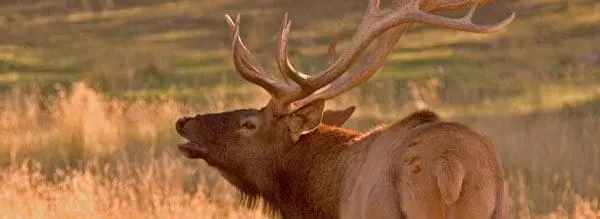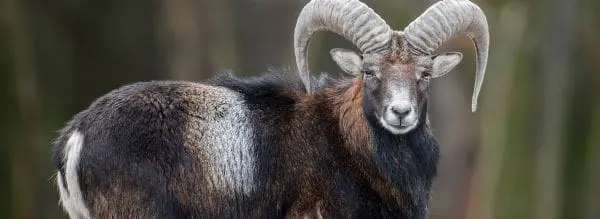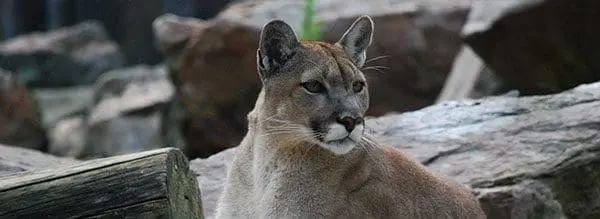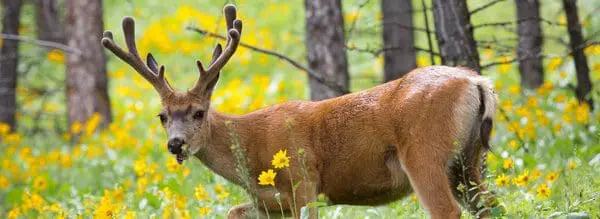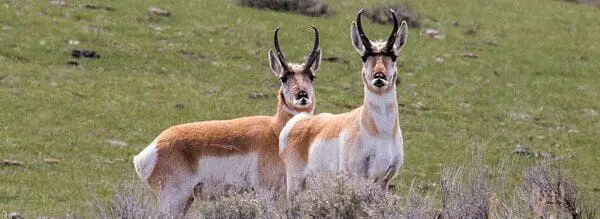Animals of the Drive Thru
Drive through Bear Country USA in the Black Hills and see North American wildlife up close. From your car, check out black bears, mountain lions, timber wolves, and bison roaming across 200 acres. You’ll also spot other animals like elk and deer in their natural habitats. It’s a simple, unique way to experience nature!
Click on a tile below to learn more about our fascinating residents!

